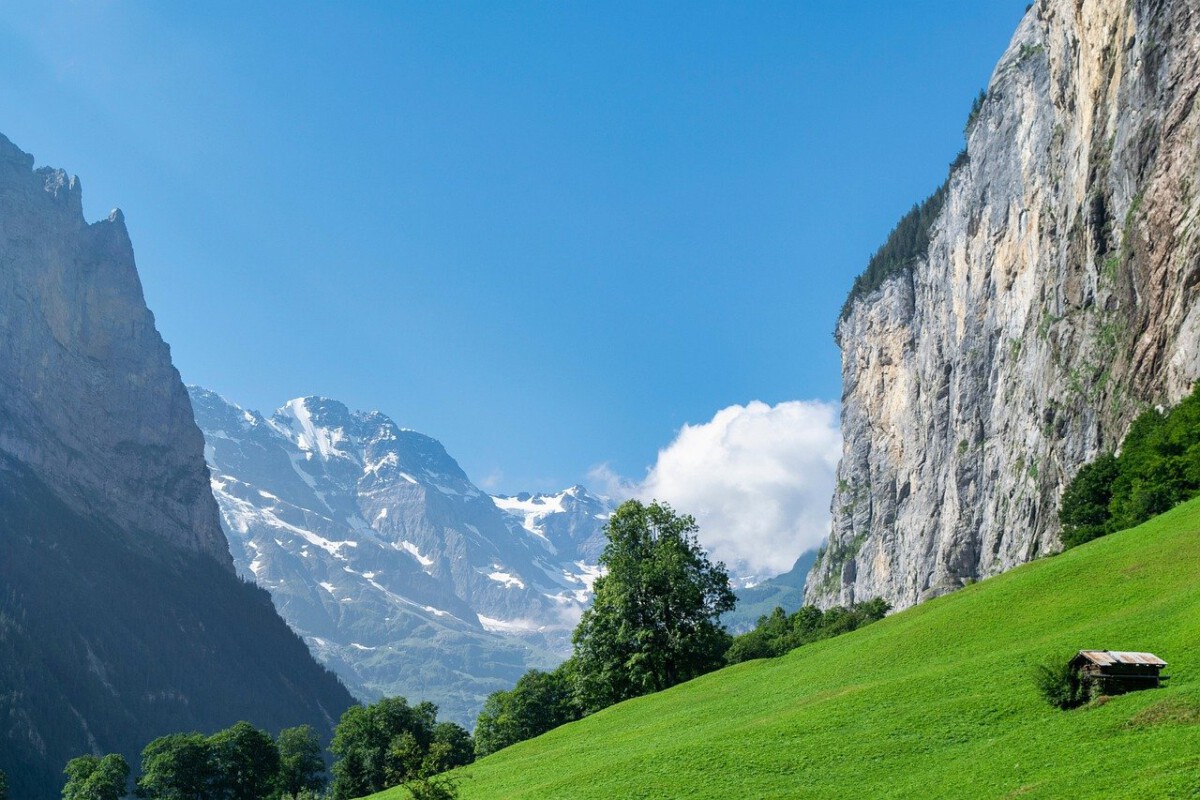1. Banff National Park, Alberta
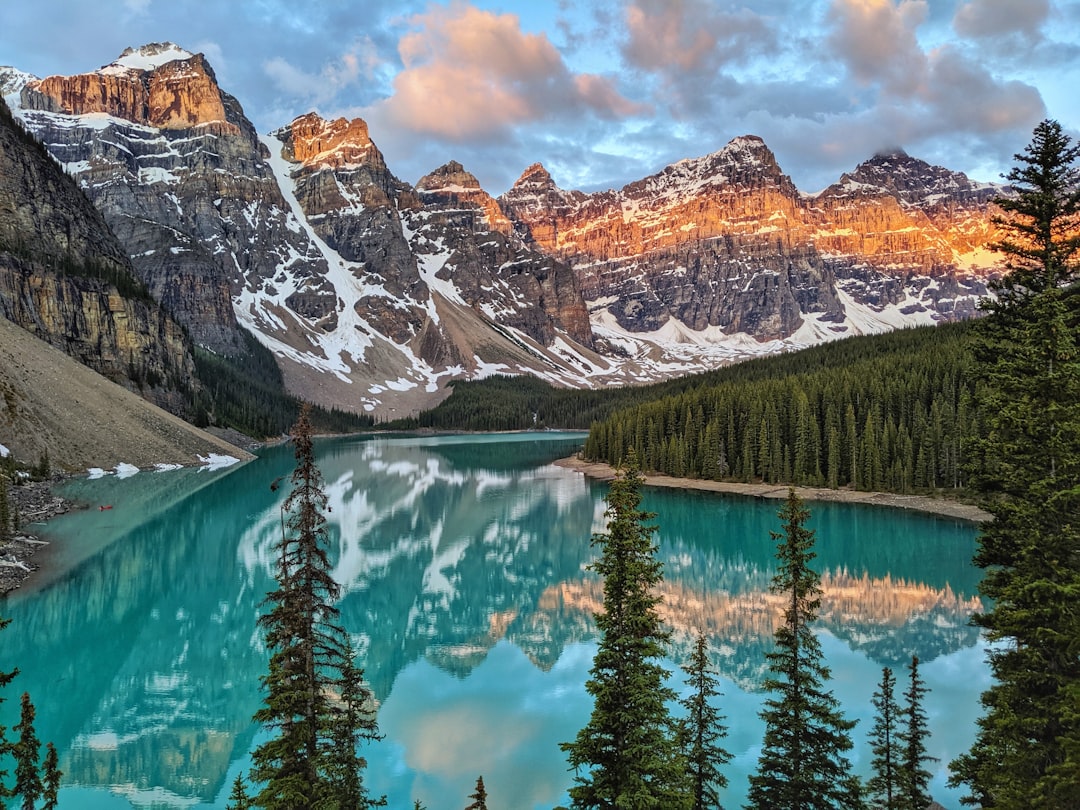
Banff National Park has become almost synonymous with Canadian wilderness, yet it’s now grappling with a tidal wave of visitors. Recent Parks Canada statistics show that Banff welcomed over 4 million visitors in 2024, a staggering 30% increase since 2019. This deluge has put immense pressure on the park’s delicate ecosystems, with overcrowded trails, overflowing parking lots, and visible litter even in remote areas. To counteract these effects, the park instituted a reservation system for key locations like Lake Louise and Moraine Lake, hoping to curb peak-hour congestion. Despite these challenges, Banff’s tourism-based economy remains robust, generating approximately $1.5 billion annually. Local businesses, from hotels to restaurants, rely heavily on this influx, making any discussion of limiting numbers a sensitive topic. Environmental groups, however, have sounded the alarm, warning that without drastic action, Banff’s iconic vistas could be irreparably harmed.
2. Niagara Falls, Ontario
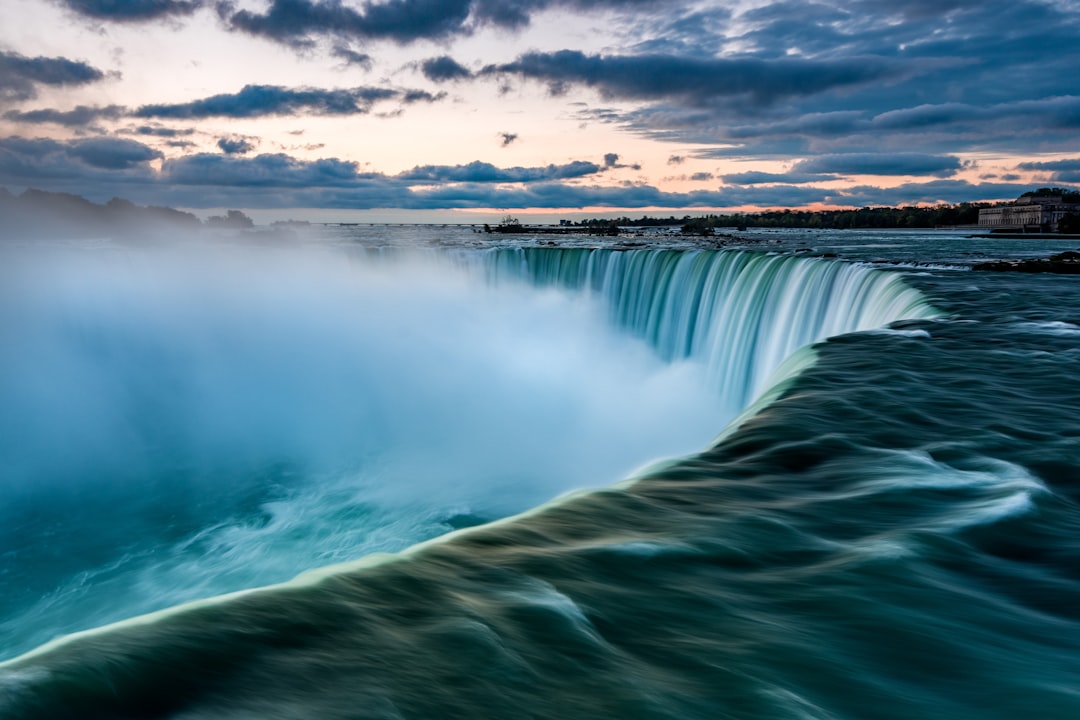
Niagara Falls stands as one of the world’s most recognizable natural attractions, drawing over 14 million visitors every year. This year, the Niagara Parks Commission reported a noticeable dip in visitor satisfaction as crowds thickened, especially during weekends and summer holidays. Long lines for boat tours and observation decks have become the norm, and local infrastructure is straining to keep up. In 2024, authorities earmarked $10 million for upgrades to transportation and crowd management, aiming to streamline the visitor experience and ease congestion. The region’s economy is deeply entwined with tourism, as the area brings in more than $2 billion annually. Local officials have also started encouraging off-peak visits and promoting alternative attractions. Still, the iconic Horseshoe Falls remains a magnet, with visitor numbers only expected to rise as international travel rebounds.
3. Vancouver, British Columbia
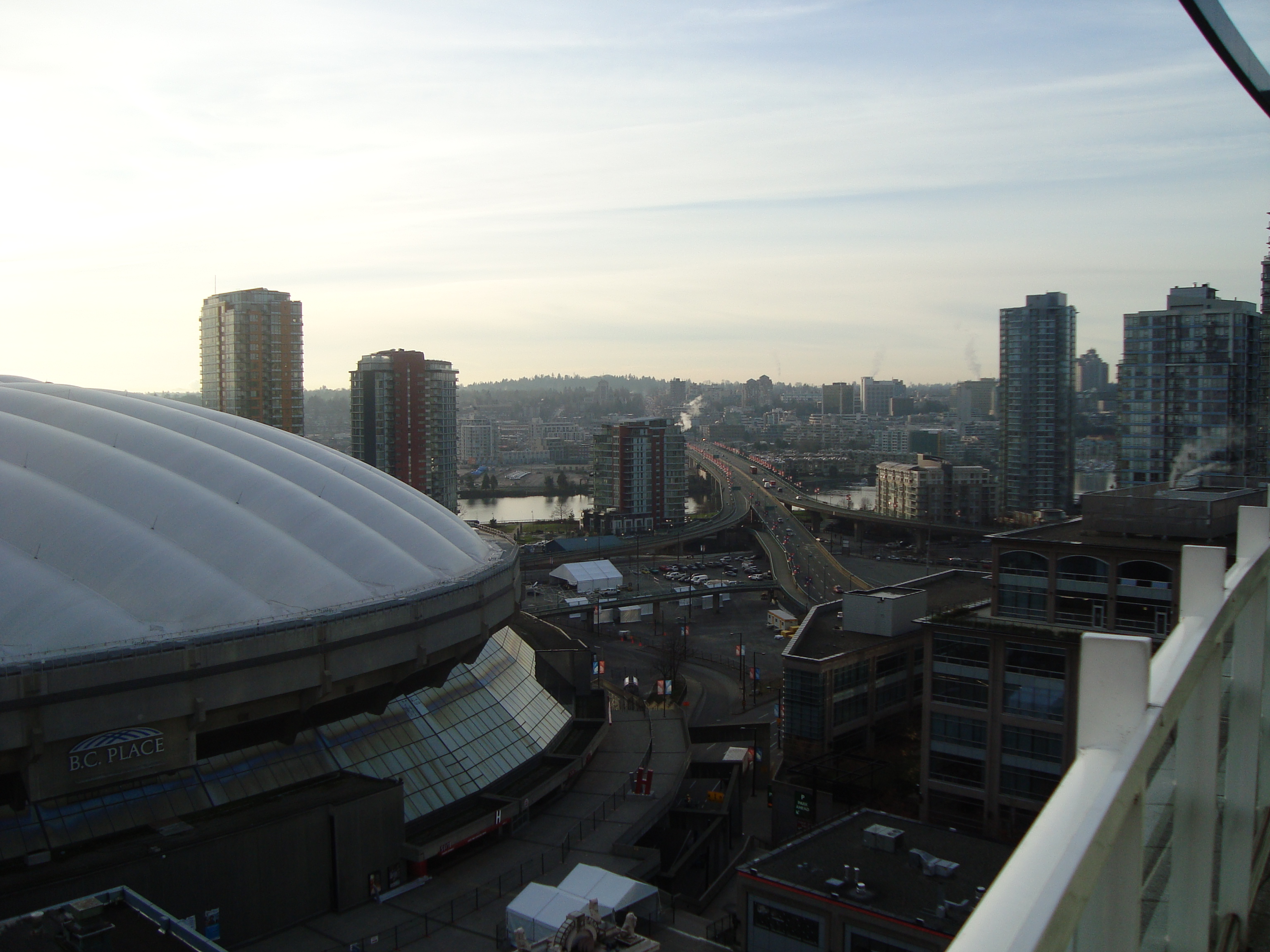
Vancouver’s allure has never been stronger, with tourism numbers hitting 11 million in 2023—a jump of 15% from the previous year, according to Tourism Vancouver. The city’s top draws, like Stanley Park and Granville Island, are now frequently packed, leading to overcrowding that spills into public transit and popular eateries. This surge has also contributed to rising rents and a housing squeeze for locals, sparking heated debates about tourism’s true cost. The Vancouver Tourism Strategy 2025 has set out clear sustainability goals, including promoting less-visited neighborhoods and spreading events throughout the year. Economic impact studies peg tourism’s contribution at $5.5 billion annually, making it a pillar of the metro economy. Still, the city’s balancing act between welcoming visitors and maintaining liveability remains a daily challenge. Calls for more regulation and sustainable growth are growing louder among residents.
4. Quebec City, Quebec
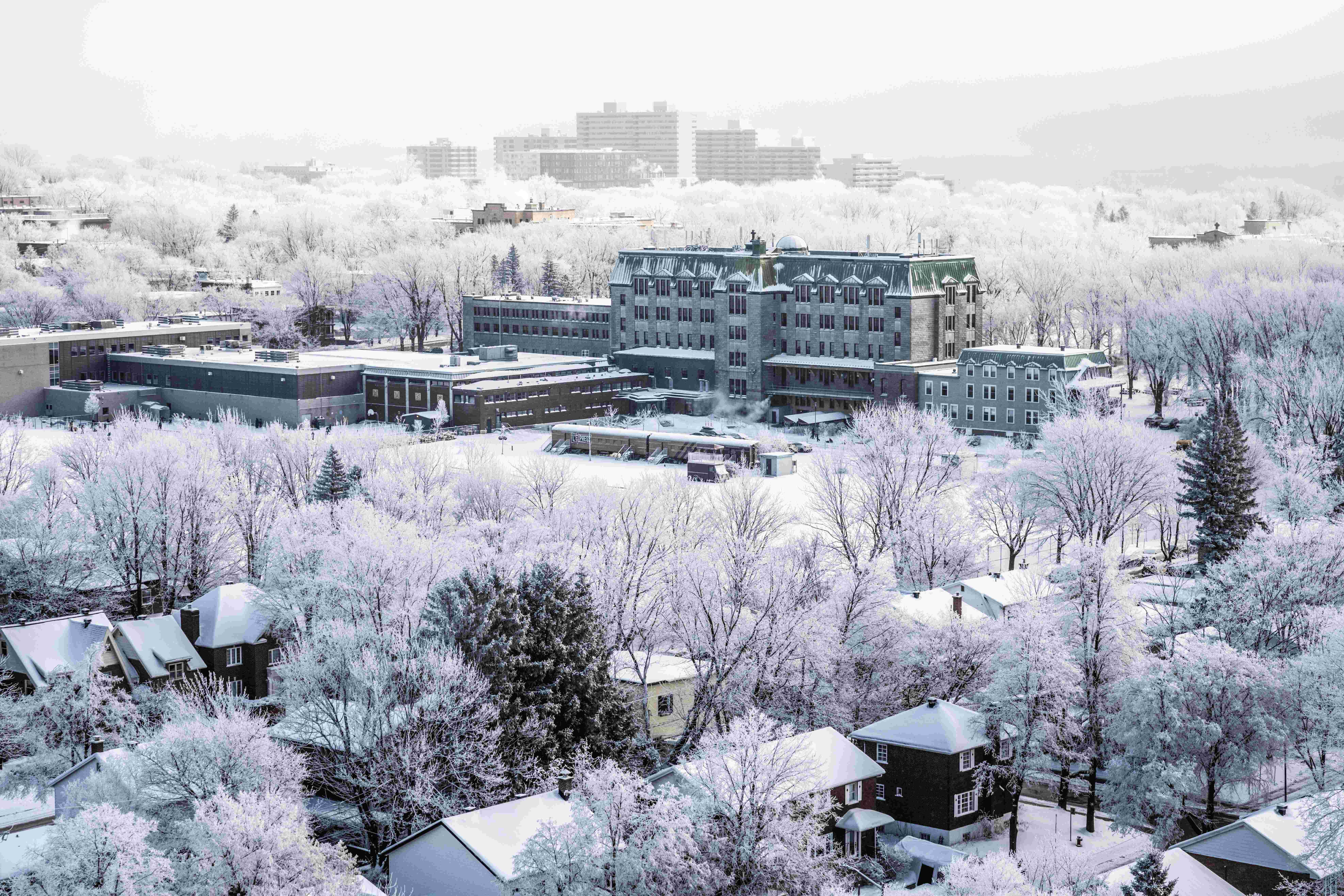
Quebec City’s Old Town, with its cobblestone streets and centuries-old fortifications, has seen a sharp uptick in foot traffic. The Quebec City Tourism Office reports a 20% rise in visitors since 2021, pushing annual numbers to around 4 million. During the summer, especially during major festivals, the narrow streets become packed, sometimes to the point of gridlock. Concerns over the preservation of historic sites have prompted city officials to draft new regulations for 2024, including visitor caps for the most sensitive areas. The economic impact is undeniable, with tourism now generating over $1 billion each year. Yet, preservationists worry that unchecked crowds could erode the city’s unique heritage. The pressure has also led to increased noise complaints and wear on public infrastructure, with some residents calling for a tourism management overhaul.
5. Whistler, British Columbia
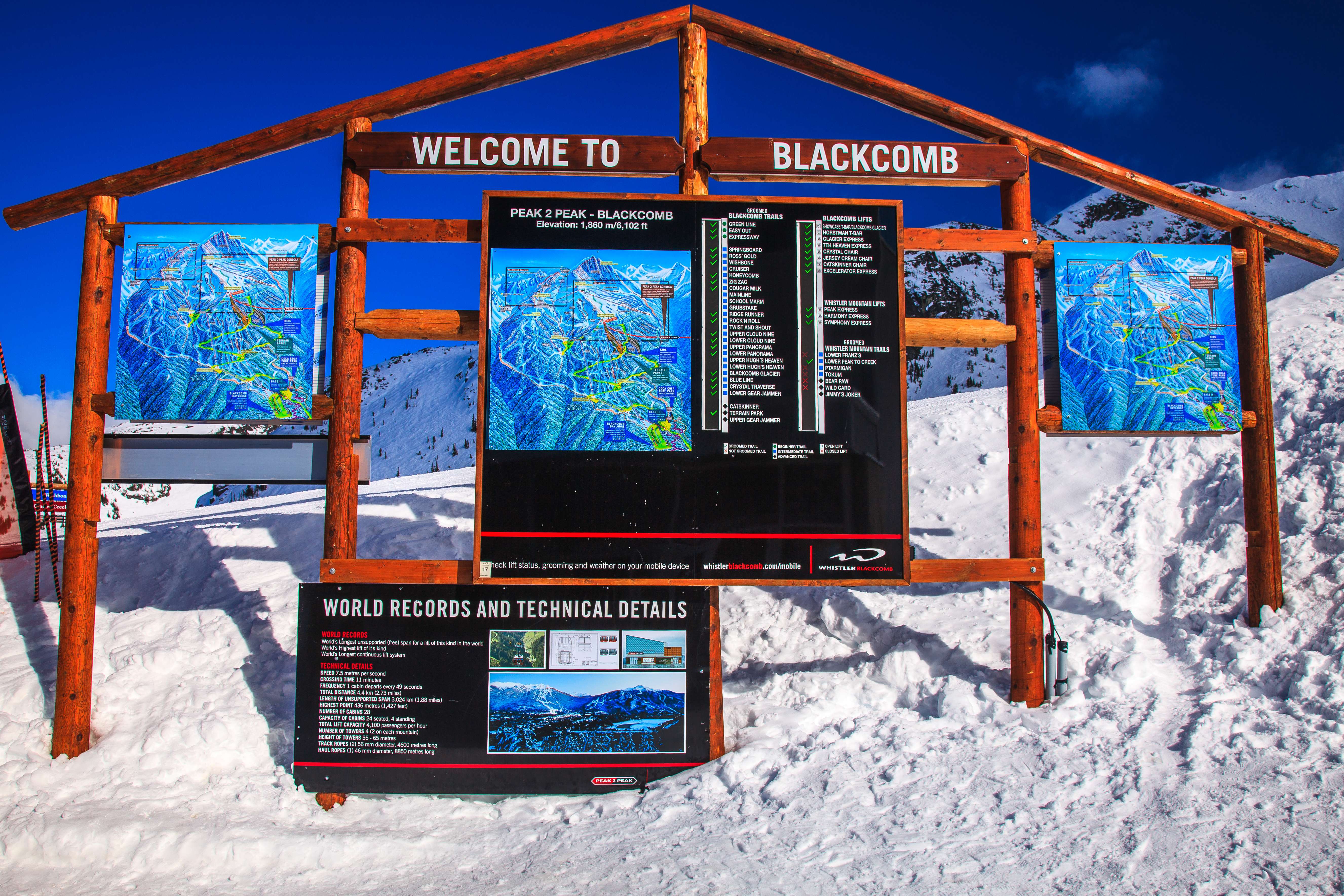
Whistler has experienced an unprecedented surge in visitors, with numbers climbing to nearly 3 million annually—a 25% increase since 2022, according to local tourism authorities. The post-pandemic travel boom has led to congested ski lifts, sold-out accommodations, and long waits at top restaurants. In response, Whistler Blackcomb implemented a new lift reservation system to better manage peak-hour crowds, aiming to smooth out visitor flow across the day. The town’s infrastructure, from shuttle buses to parking lots, is being stretched to its limits, sparking discussions of further expansion. Tourism now pumps about $1.3 billion into Whistler’s economy every year, supporting thousands of local jobs. However, the strain on the environment and the rising cost of living for residents are fueling debates about sustainable growth. Local government is exploring additional strategies, including visitor education and expanded public transportation.
6. Toronto, Ontario
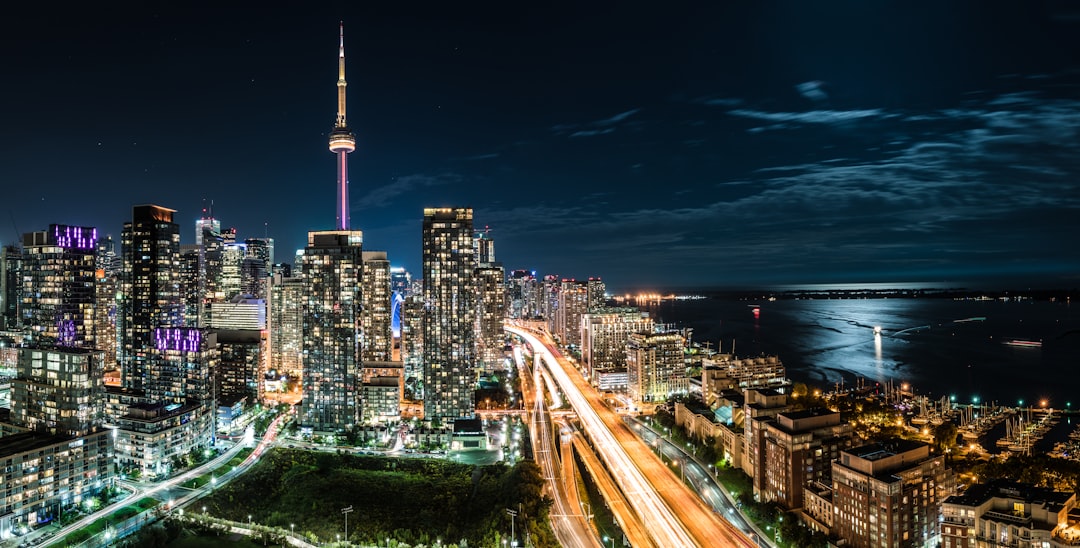
Toronto welcomed a record-breaking 27 million visitors in 2023, according to the Toronto Tourism Board, solidifying its status as Canada’s busiest city for tourism. The city’s marquee attractions, like the CN Tower and Ripley’s Aquarium, frequently report long lines and sell-out days. A recent survey showed that 60% of tourists encountered lengthy wait times at major sites, dampening their overall experience. The city responded by committing funds to public transit improvements and new tourist infrastructure in 2024, hoping to disperse crowds more effectively. Tourism is a major economic driver in Toronto, contributing about $8 billion annually and supporting a vast network of hotels, restaurants, and attractions. However, the rapid growth has raised concerns over affordability and quality of life for residents. Plans are underway to promote lesser-known districts and off-season travel to ease the pressure.
7. Jasper National Park, Alberta
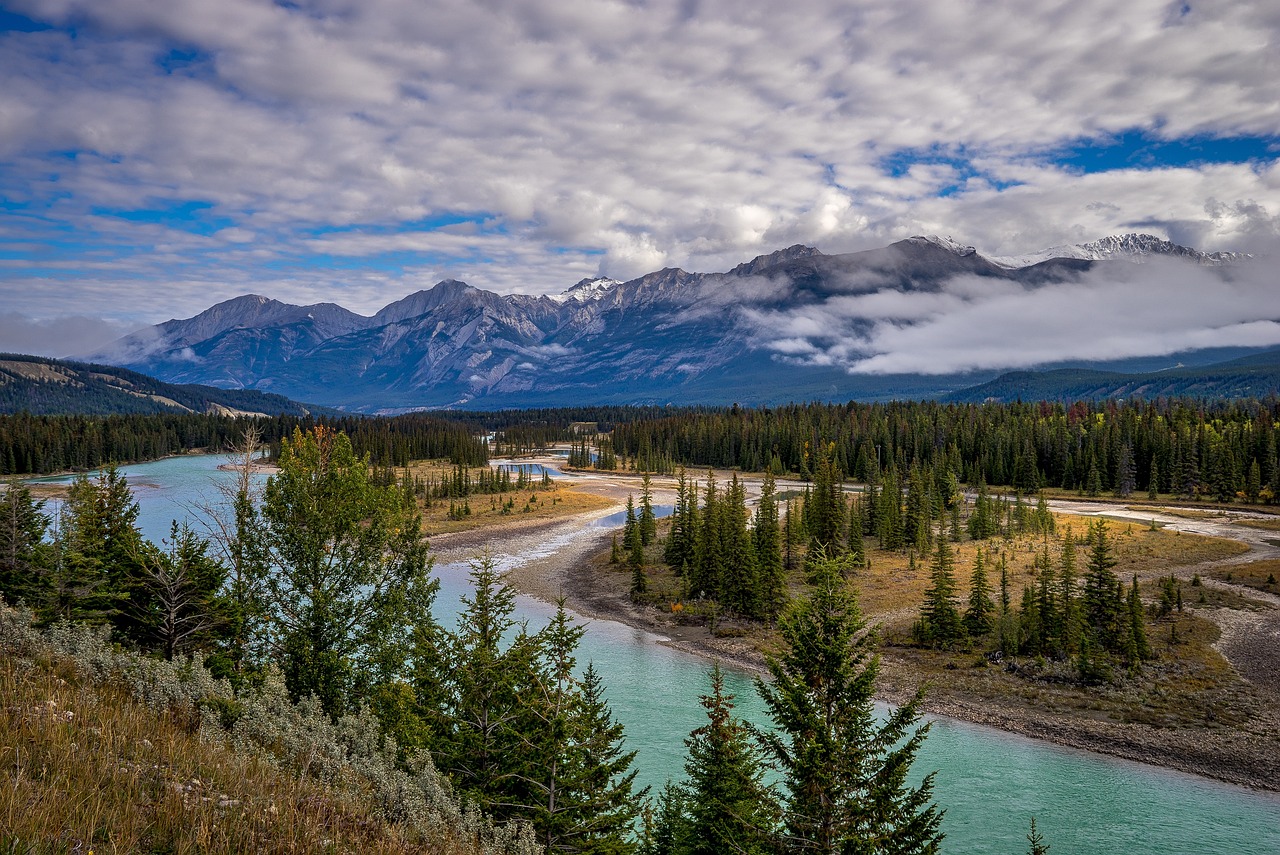
Jasper National Park, often seen as Banff’s quieter cousin, is now facing its own surge in popularity. Visitor numbers have jumped to 2.5 million per year, a 15% rise since 2022, according to Parks Canada. The increase has led to crowded viewpoints, traffic bottlenecks, and more frequent encounters between tourists and wildlife. Park management has responded by restricting vehicle access to certain sensitive areas and rolling out eco-friendly initiatives, such as shuttle buses and waste reduction programs. In 2024, Jasper launched a comprehensive visitor education campaign focused on minimizing environmental impact and respecting wildlife habitats. The economic stakes are high, with tourism bringing in approximately $1 billion annually. However, conservationists warn that without careful management, Jasper’s wild character could be lost. The balance between economic benefit and environmental protection remains at the forefront of local debate.
8. Ottawa, Ontario
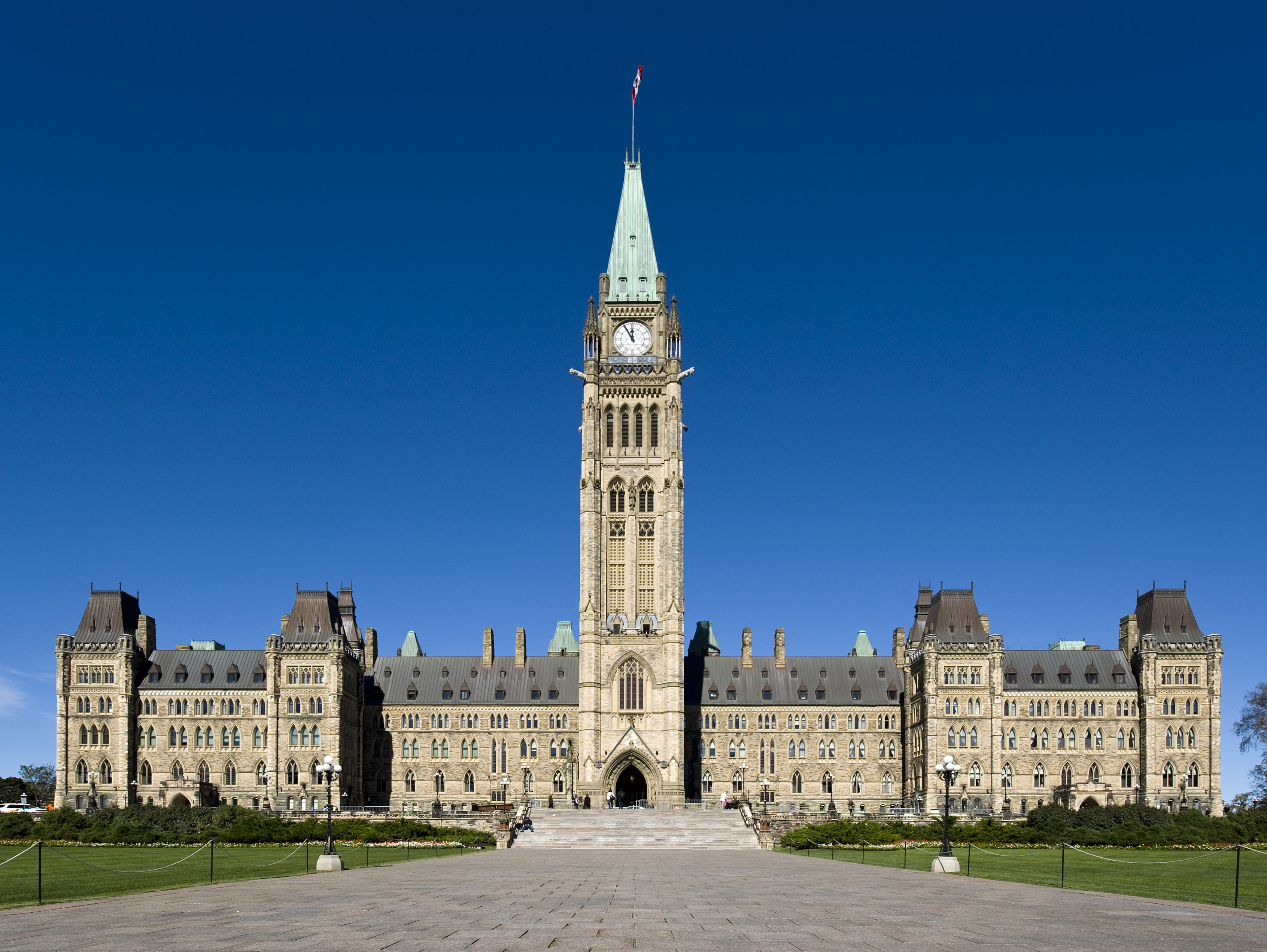
Ottawa, Canada’s capital, experienced a surge to 11 million visitors in 2023, fueled by a return of major events and international travel. The city’s iconic sites, like Parliament Hill and the Canadian Museum of History, have been inundated during peak times, particularly on national holidays like Canada Day. Ottawa Tourism reports a dip in visitor satisfaction, citing crowding and extended wait times as key issues. In response, city planners have prioritized upgrades to public spaces and crowd control measures, with several major projects slated for completion in 2025. Tourism remains a linchpin of Ottawa’s economy, generating over $2 billion annually. Despite efforts to expand the tourist season and promote lesser-known attractions, congestion remains a persistent challenge. Urban planners are also considering more pedestrian-only zones in the city’s core to improve the visitor experience.
9. Victoria, British Columbia

Victoria’s picturesque gardens and historic downtown have become magnets for tourists, with annual visitor numbers soaring to 3 million—a 20% increase since 2021, according to the Greater Victoria Harbour Authority. Cruise ship arrivals have contributed significantly to this spike, leading to crowding in hotspots like Butchart Gardens and the Inner Harbour. To address the surge, local authorities have begun regulating cruise ship schedules and investing in sustainable tourism initiatives for 2024. The city’s economy leans heavily on tourism, with the sector generating about $1.5 billion each year. However, residents have voiced concerns over the strain on public services and the environment. New sustainability measures include expanded green spaces and stricter environmental requirements for tour operators. The debate over how to balance economic growth and quality of life continues to intensify.
10. Montreal, Quebec

Montreal’s vibrant festivals and diverse cultural scene attract roughly 11 million visitors each year, according to Tourisme Montréal. Major events like the Montreal International Jazz Festival draw tens of thousands daily, often overwhelming public spaces and transit systems. A recent study found that 70% of tourists felt crowded at top attractions, prompting city officials to rethink their approach. In 2024, initiatives were launched to promote off-peak travel and spotlight lesser-known neighborhoods, aiming to spread out the tourist load. Tourism is a crucial pillar of Montreal’s economy, contributing over $4 billion annually and supporting a vast hospitality sector. Still, the sheer volume of visitors during high season is putting noticeable pressure on infrastructure and local communities. The city continues to refine its strategies, seeking a sustainable path forward amidst ever-growing interest.





